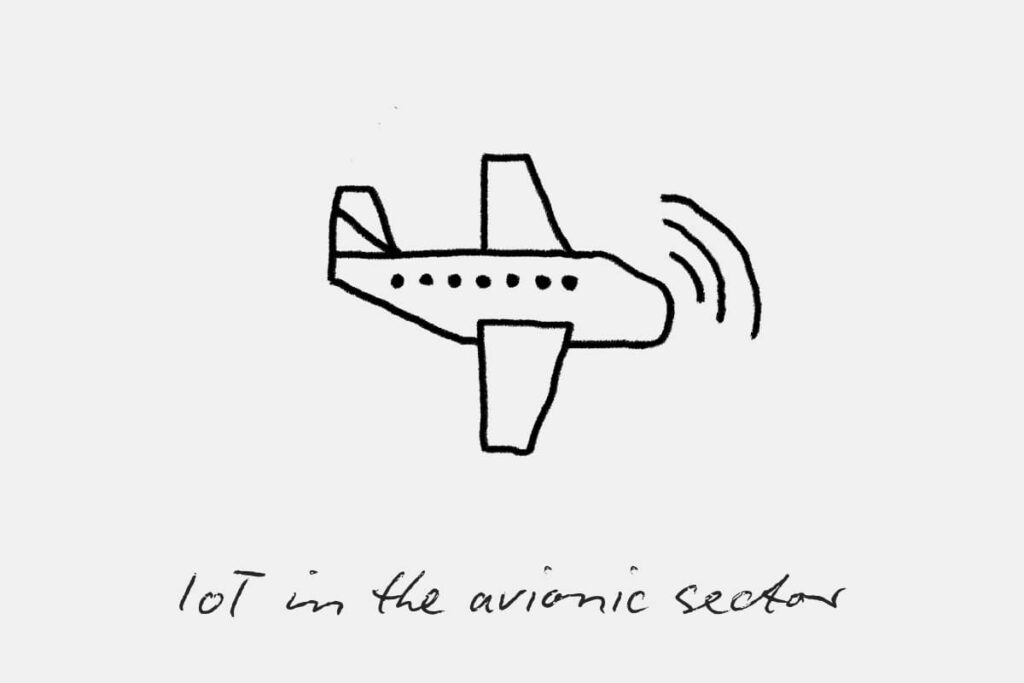Speaking of Meteca and its line of Briki® modules, we have often talked about how the IoT is becoming increasingly popular as one of the best solutions to solve problems related to both real life and industrial life.
But let’s take a step back explaining better what is IoT, or Internet of Things, that is a system that allows the interaction of electronic devices in a network, without human intervention. Thanks to the IoT we are able to obtain more precise and faster data on what surrounds us. Through the internet, we can connect remotely to our home, to the machinery of our factory or to the security cameras of our office.
Now let’s add a new term, IoAT, which was coined to define the fusion of the technology above with the world of aviation.
The Internet of Avionic Things was recently implemented to better address all the problems born with Coronavirus. In fact, many technologies related to IoT have already been used inside airplanes and airports, such as, for example, those for the analysis of engine data and those for the connectivity and entertainment apparatus inside of planes. Each airplane contains an average of 250 sensors that monitor and provide data to the cockpit and control tower on the status of the aircraft, while for example the engines of the Bomber C Series contain up to 5000 sensors that generate 10GB of data per second.
When the problems related to Covid-19 emerged, it was decided to use the same technology used to check the health of the plane also to check the health of passengers. The existing IR sensor, thanks to infrared, manages to detect the health of passengers leaving an aircraft, and this increase in data to be analyzed has created the need for a new structure capable of speeding up reading and analysis of the same, in order to guarantee immediate action in the case of patients infected with Covid-19. This analysis structure must obviously work even when the internet connection is absent or interfered. Fortunately, the Edge Computing system was developed in parallel with the IoT, a calculation model that analyzes data near the sensors avoiding overloading the line and the central control which, in this way, will only receive the finished analysis in much shorter time.
Airports, such as London CIty Airport, have relied on a network of IoT sensors to analyze and track passenger movement. Other airports use this technology to analyze queues at gates and provide passengers with waiting times in real time with the aim of reducing anxiety about waiting and at the same time to know when potentially dangerous gatherings are created.
Miami airport has converted the technology it was already using to provide its customers with the best route to get to their gate, or to one of the services available such as restrooms or restaurants, or to track the movement of passengers in case one of them comes Covid-19 infection diagnosed.
The machines used for cleaning the air have also been used to detect the presence of the virus, and probably in the near future everyone will be provided with a sensor for the detection of Coronavirus to be inserted in clothes. Professor Massood Tabib-Azar of the University of Utah recently obtained funding to develop a portable and reusable sensor that anyone can always have with them. This sensor works in connection with your mobile phone and will detect the virus within 60 seconds.
These are just a few examples of how IoT technology can be of vital support within aircraft and airports. And also in this case Meteca and the Briki® family modules can help to quickly design new IoT systems for the sector.
For further information on the world of IoT, please contact Meteca here
